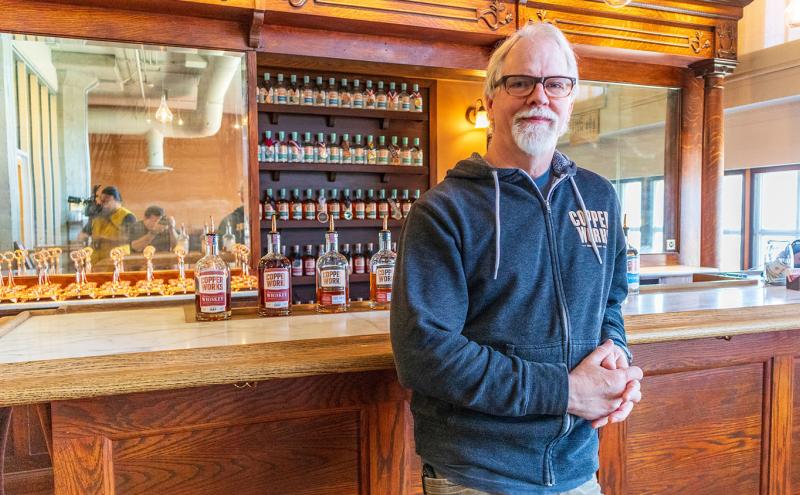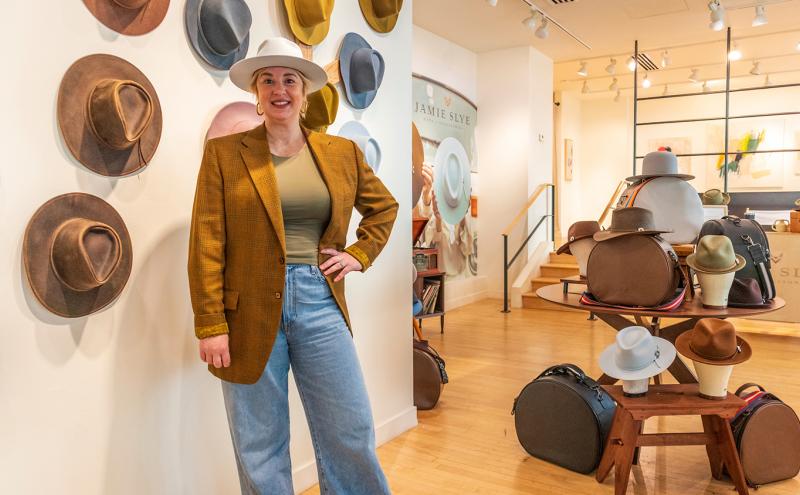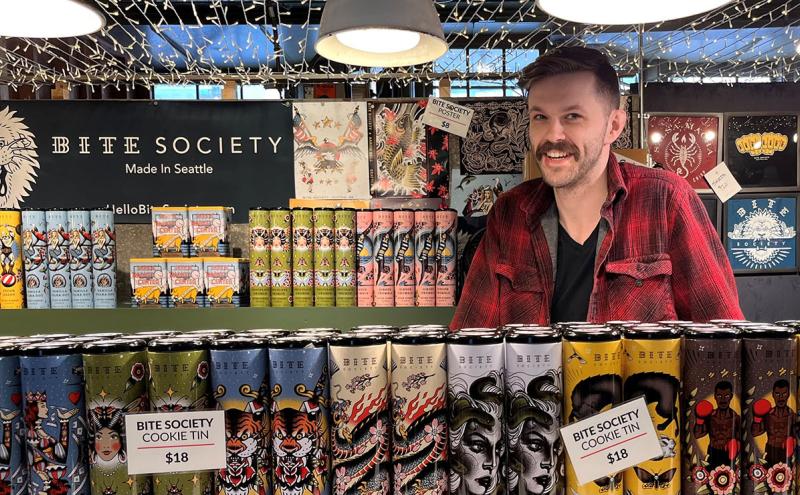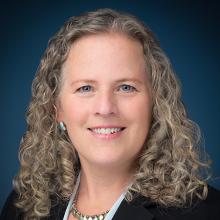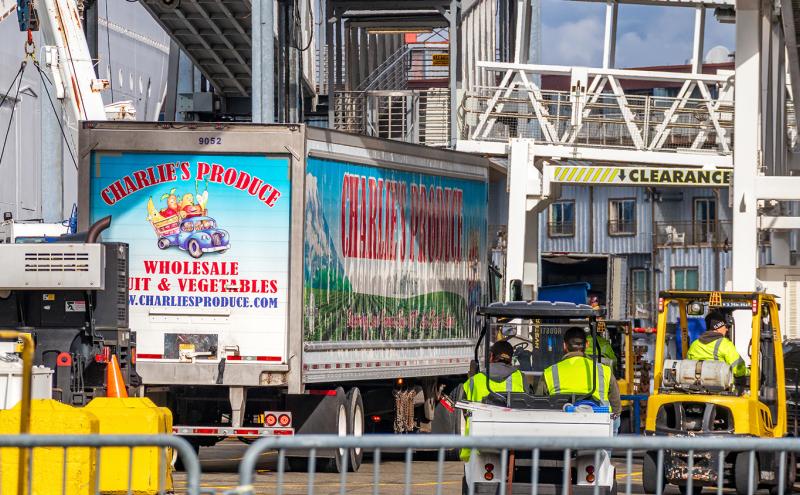
Every April through October, as cruise ships prepare to whisk thousands of passengers from Seattle to Alaska, another kind of voyage quietly unfolds behind the scenes — one that starts in Washington state’s rich farmland and ends in the kitchens of cruise vessels, ready to serve a global audience. At the center of this journey is Charlie’s Produce, a homegrown company that’s been connecting local growers with grocery stores, restaurants, schools, and other food service and retail customers since 1978.
Founded by Charlie Billow, Ray Bowen, and Terry Bagley with a single truck in Seattle’s old produce row, a passion for local farms and organics and commitment to customer relationships and sustainability continues to drive Charlie’s business today. Charlie’s Produce now operates nine distribution centers across the West: Seattle, Anchorage, Boise, Los Angeles, Phoenix, Portland, Spokane, and Salt Lake City. It employs 1716 employees across its warehouses and 908 employees in Seattle alone. Despite the company’s growth, its roots remain local. Charlie’s partners with regional farmers across Washington and Oregon to source the freshest fruits and vegetables for its customers, including the Seattle cruise industry, where stocking the freshest produce is essential.
Cruise tourism plays a significant role in the local economy, contributing to hundreds of businesses and thousands of jobs and bringing nearly $1.2 billion to the region in economic impact. And bolstering small, local businesses like Charlie’s and the local farmers it supports.
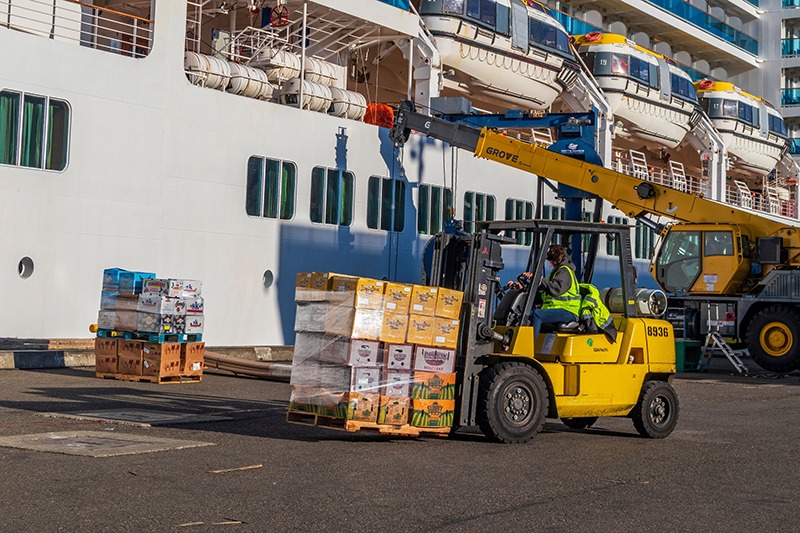
A vital economic engine
Charlie’s has worked with cruise lines in Seattle since the first cruise season launched in 2000. In 2024 alone, Charlie’s moved over 10.5 million pounds of produce onto 24 ships during Seattle’s cruise season, supporting 10 to 15 local farms in the process. This accounted for nearly $10 million in revenue in 2024, about 10% of Charlie’s total food service business. This seasonal partnership has become a vital engine for both Charlie’s and the regional farming economy.
Charlie’s works closely with the cruise industry to meet its unique needs, said Gloria Downing, Program Sales Manager for Charlie’s Produce. The process starts months before the arrival of the first cruise ship.
Preparing for the upcoming cruise season begins in January, when Charlie’s provides a quote to cruise lines on the produce and dairy products it is able to supply for the season. By March, the orders are confirmed and stay fairly consistent throughout the cruise season. Cruise ship chefs build the menu for passengers based on the items ordered. They may work with Charlie’s at the pier as orders are delivered to make adjustments based on seasonality.
Local farmers are brought into the loop early. For example, growers in the Puyallup Valley may plant 200,000 pounds of romaine lettuce knowing it’s destined for the high seas come summer. “They’re excited,” Downing said. “It’s a point of pride to grow for the cruise lines.”
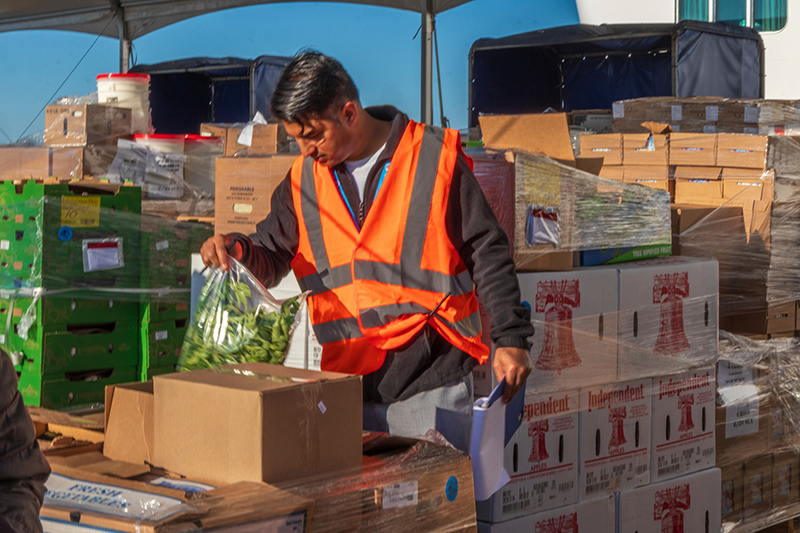
From farm to sea
Delivering the produce from farm to ship is a fast, precise operation. Cruise ships are only in port for eight-to-10 hours, and every item has to be onboard and perfectly fresh before the ship sets sail again. That means products arrive in Seattle the day before or the day it is loaded onto ships.
The produce timing is a complex dance for Charlie’s and the cruise lines; when a cruise ship is underway to Alaska, they can’t stop to restock a load of strawberries that have reached their peak before they’re served. When local berries or greens are in season, they are often picked that very morning before they’re delivered to ships. “There’s a good chance the salad you eat on day one of your cruise was still in the ground 24 hours earlier,” Downing said. “So it’s a very, very fresh product when it hits the ships. The local lettuce you’re eating was likely picked that morning or the night before.”
This is because Charlie’s provides the freshest product possible that can last for seven to 14 days (spanning the length of most cruise journeys). Produce is delivered from local growers and then each pallet is carefully inspected and packed at Charlie’s SODO warehouse, just four miles from Pier 66 and eight miles from Pier 91 — an advantage that allows for rapid, ultra-fresh delivery.
Cruise provisioning is all about efficiency and scale. Charlie’s might deliver 10,000 pounds of potatoes in a single order — requiring careful planning to ensure cruise lines have what they need and that other customers’ needs aren’t disrupted.
On provisioning day, Charlie’s trucks are often the first to arrive at the pier to get the produce onboard the ship before anything else so the chefs can start prepping for passengers. Each shipment is handled by a dedicated Charlie’s driver familiar with both the product and port protocols, making the process smoother and faster.
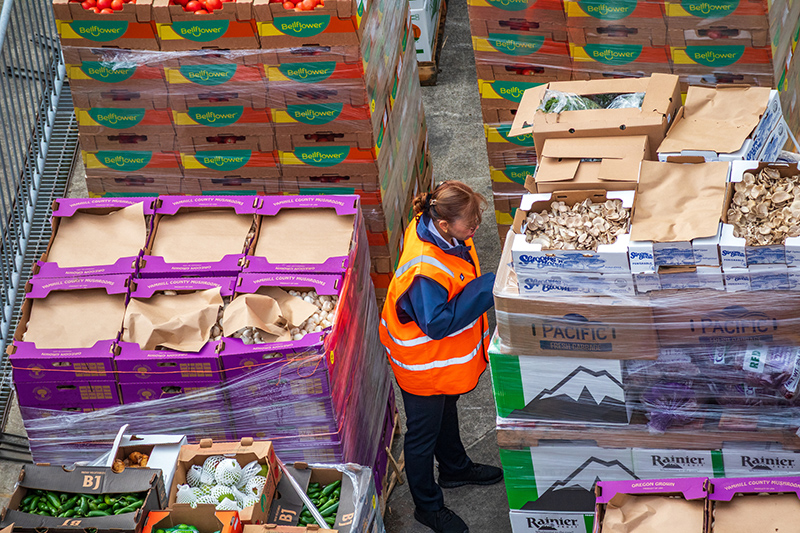
Meeting challenges
Weather, quality issues, or missed orders can trigger costly emergency restocks down the line — sometimes requiring produce to be flown or barged to Alaska at Charlie’s expense. “We do everything we can to avoid that,” Downing said, “but if half of a pineapple shipment turns out bad, we’ll do what it takes to make it right. We’ll get the product to Alaska and meet the ship at their port.”
Charlie’s Anchorage distribution center is also available to deliver planned and emergency top offs for products on cruise ships. The cruise lines place their orders further in advance for Alaskan ports than for Seattle, because transporting products up to Anchorage from Washington state covers more time and distance.
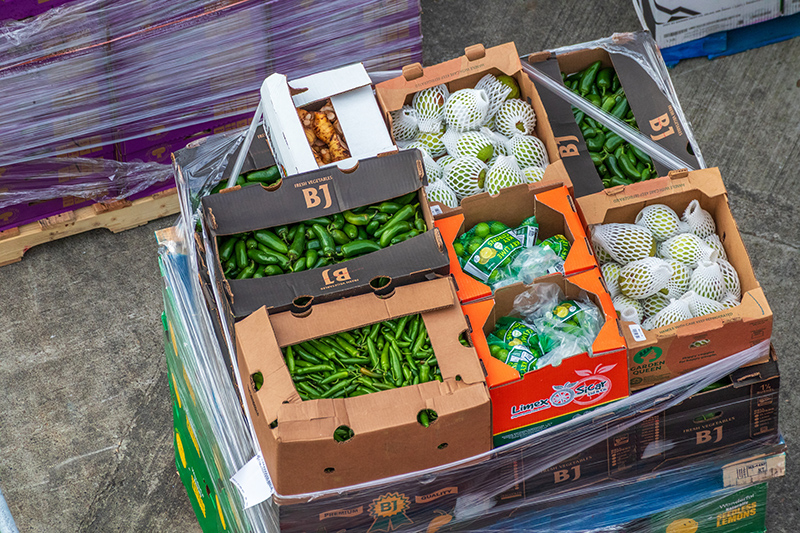
Supporting the local food economy
Charlie’s partnerships with local growers and the cruise industry showcase the diversity and quality of Pacific Northwest produce to an international audience while boosting the local agricultural community from the very first bite.
Washington state grows over 300 different crops; is a top producer of crops like apples, asparagus, hops, and potatoes; and is home to world-class berries. The different climates of Western Washington and Eastern Washington create the wide variety.
“Geographically we're just so diverse in what we're able to produce that we get spoiled with lots of different products,” said Laura Severance, Marketing Director at Charlie’s Produce. “Supporting local is so key and the short proximity from Seattle makes it realistic to get produce from farms to customers in a day or so. Customers are really getting the freshest product that they can get. It's nutritious and it tastes better.”
Subscribe to Pier to Pier for updates on cruise and the Seattle waterfront

